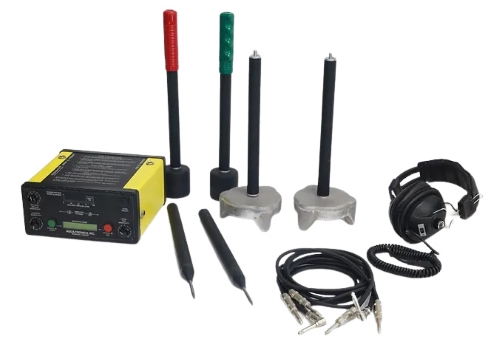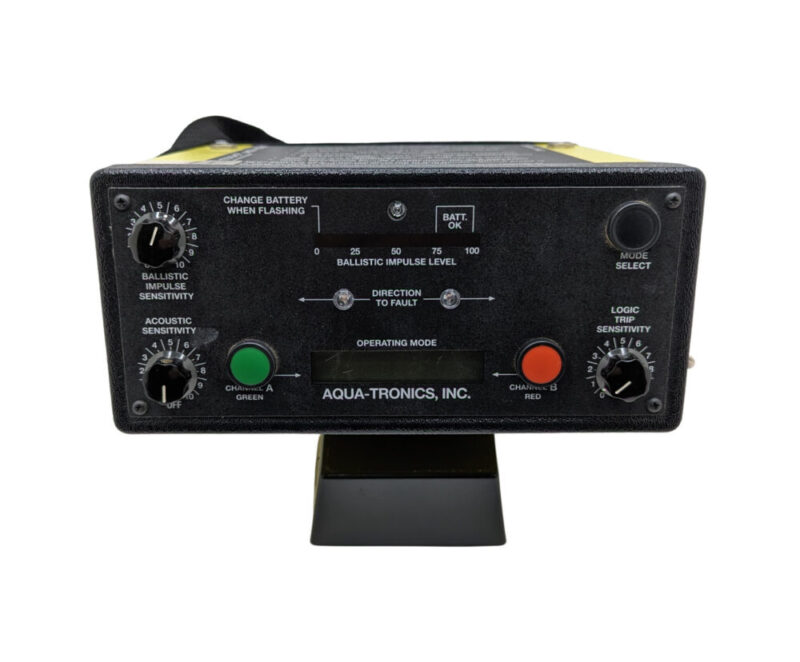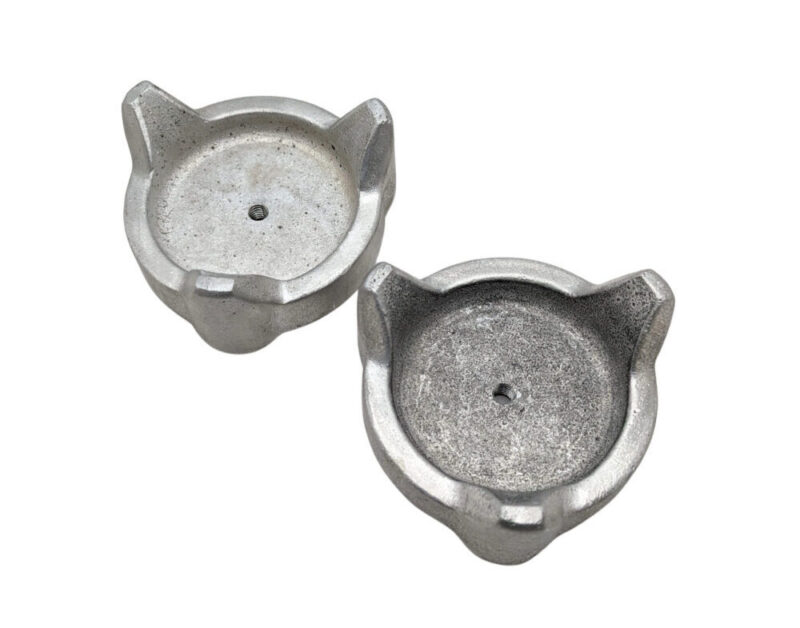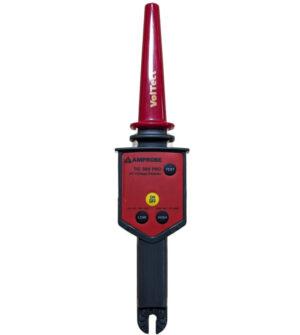SDAD 2-Channel System Points Directional to Fault
The ease and speed of fault finding with a thumper have been greatly enhanced with the addition of the S.D.A.D. to the Aqua-Tronics line. The Super DAD conveys more information about the fault location, and faster, with the addition of new microprocessor controlled electronics that provide bright, easier-to-see-and-read signals – day or night.
The SDAD has three modes of operation:
- Basic DIRECTION-TO-FAULT, with centering ability
- Time-based distance to fault, triggered by ballistic impulse (Magnetic thumper wave) to eliminate false tripping due to background noise
- FAULT DEPTH indication
All other features are the same as the D.A.D., which has been proven to be the industry-standard for detection of thumper pulses, and is in use by most leading utilities in the U.S. Protected under *US Patent #4,835,478 and patents pending.
- Increased Efficiency: Significantly speeds up the process of locating underground cable faults compared to simply listening with one probe.
- Improved Accuracy: The directional information helps pinpoint the fault location more precisely, reducing unnecessary digging.
- Noise Reduction: The time-based triggering helps filter out background noise for more reliable readings.
- Operator Safety: Automatic ear protection is a crucial safety feature.
A typical S.D.A.D. package includes:
- Two earth probe microphones.
- Two tripods (for use on hard surfaces like asphalt or concrete).
- Two microphone cables.
- The A-T Ballistic Impulse Meter Detection System with direction-to-fault indication (super bright LEDs).
- High-quality stereo headphones for hearing the faint thumping sounds.
- Automatic ear protection to prevent damage from sudden loud noises (like dropping a microphone).
- A foam-lined carrying case for storage and transport.
- Instruction manual and batteries.
The S.D.A.D. system uses two highly sensitive earth probe microphones to detect the sound waves generated by the thumper’s discharge at the fault. By analyzing the difference in the sound’s arrival time and intensity at the two microphones, the S.D.A.D. can indicate the direction of the fault to the operator.












